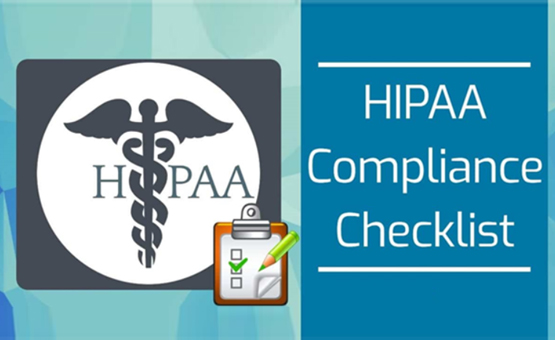Optimizing Development Costs with Project Success Metrics
Every project is considered successful through some specific metrics. Some companies consider the factors of time, scope, and budget as their project constraints. Other companies focus on revenue generation, as may be expected from their projects. While there are a few other firms that consider the factor of complete customer satisfaction as their main achievement.
Thus, many questions arise when it comes to considering the right project success metrics. It could be ultimately the marketing team, finance team, or SEO results that form the basis of a successful project. In general, the boundary of success could not be determined before all existing constraints are fully determined and worked on.

Definition:
The definition of a project and its scope need to be defined on time. The set up of successful projects start with determining how successful the project could be for all stakeholders. All criteria need to be focused on the specific goals or with a particular milestone. Companies need to be careful when selecting their valuable criteria. A focused idea is to prepare a list of success criteria initially, and then conduct a careful discussion and working on it thoroughly.
Many projects have specific and similar successful criteria and metrics. These may include but not limited to as follows:
- Projects are timely delivered.
- The envisioned budget is properly met for the project.
- Forecasting of future advantages is accomplished.
- Overall project’s team satisfaction is achieved.
- The focused safety standards and quality are met throughout the project.
- Timely delivery of training is ensured.
- Upon the release of the project, the technical documentation and detailed functional documentation are handed out properly.
In general, each of the above factors is essential for the project. However, there needs to be set different priority for each project, particularly the projects with high priority should have more concentrated focus.
Another essential consideration is to make the project as descriptive as possible. It will support the entire assessment process after the start of the project. The description of criteria mainly consists of metrics or targets that are successfully met upon delivery of the project.
Measurement:
Reliable measurement of every selected and successful criteria could be accomplished with the involvement of all stakeholders. For example, stakeholders can be aligned with different roles, frequency of measurement, and other determined metrics. The afterward stage involves performing, tracking, and enforcement of the measurement process.
For better accuracy, the measurement map should be defined with the involvement of the entire team. The three focused criteria should be taken into consideration, such as roles, frequency, and metrics. It will support in establishing the right expectation with all stakeholders involved. The final process is to focus on the project execution while identifying all areas of measurement.

Documentation:
Upon reaching the agreement on successful criteria, the next step starts with documentation and sharing of frequency metrics with all group members. It is necessary that every member of the team should have a direct agreement with the defined list. Otherwise, the successful boundary will have low flexibility and misleading result, thereby making the measurement ineffective for all.
Current Snapshot:
In a few cases, a project can become ineffective if its legacy system is undefined at the right time. Therefore, it is necessary to focus on the current state of the system while getting its image that is under enhancement.
The above process will enable the team in making comparisons upon measuring of entire criteria. It is generally worked through working increment demonstration or sprint reviews. This strategic way can support the team in getting more conclusive results about the measurement.
Continuous Monitoring:
Continuous monitoring is the final successful metrics of the project. The process of having the success criteria identified, agreeing, and documenting does not end up here. The next role of the project management team is to track the success of the project. For example, the project risk assessment should be done to evaluate and ensure the entire success of the project regularly.
The project’s risks have a direct relation to the success criteria, thus, mandating the project team to continue monitoring and evaluating afterward. It is also necessary to avoid any failure and to remain focused directly on the successful path of the project.

There exists a spectrum of management models and approaches in the agile nature of IT projects. Some examples may include the Iron Triangle, Jobs To Be Done, the Lean Startup, and Scrum. Any of these should be selected properly to avoid failure of the project, thereby achieving a successful path and aligning with it systematically.
Conclusion:
There are different project success metrics that save development cost. Each of them should be defined properly to get a direct success of the project while focusing on basically determined criteria. These metrics should be applied and targeted to ensure a better evaluation of the project. The project should be initiated properly with defining measurement frequency. There is also a need of documenting the chosen success criteria and related metrics.
Every member of the team further needs to agree on the chosen measurement frequency and documentation. Before the beginning of the project, the current state of the system and its image eventually become necessary as a part of the successful step. The next and final step is to continue monitoring the success metrics, such as tracking the project’s progress and evaluating the entire metrics continuously.







